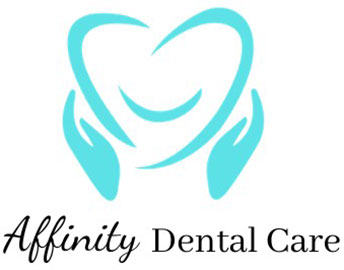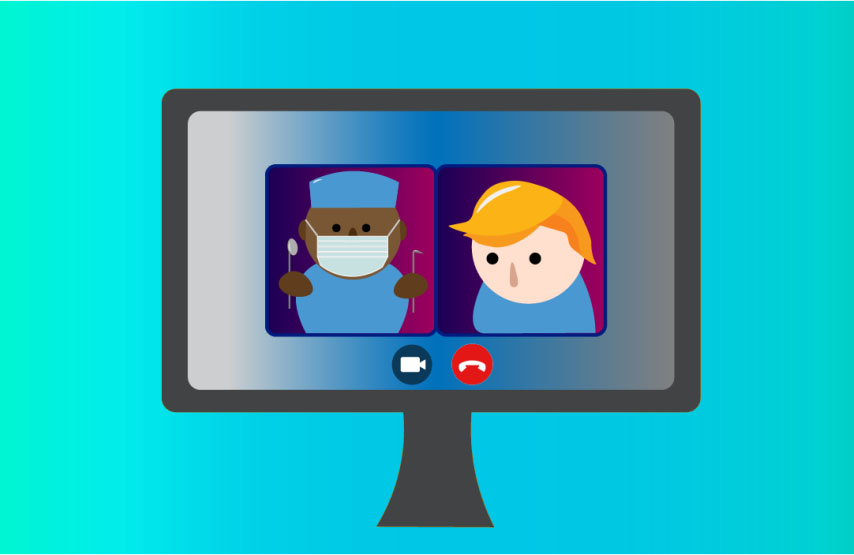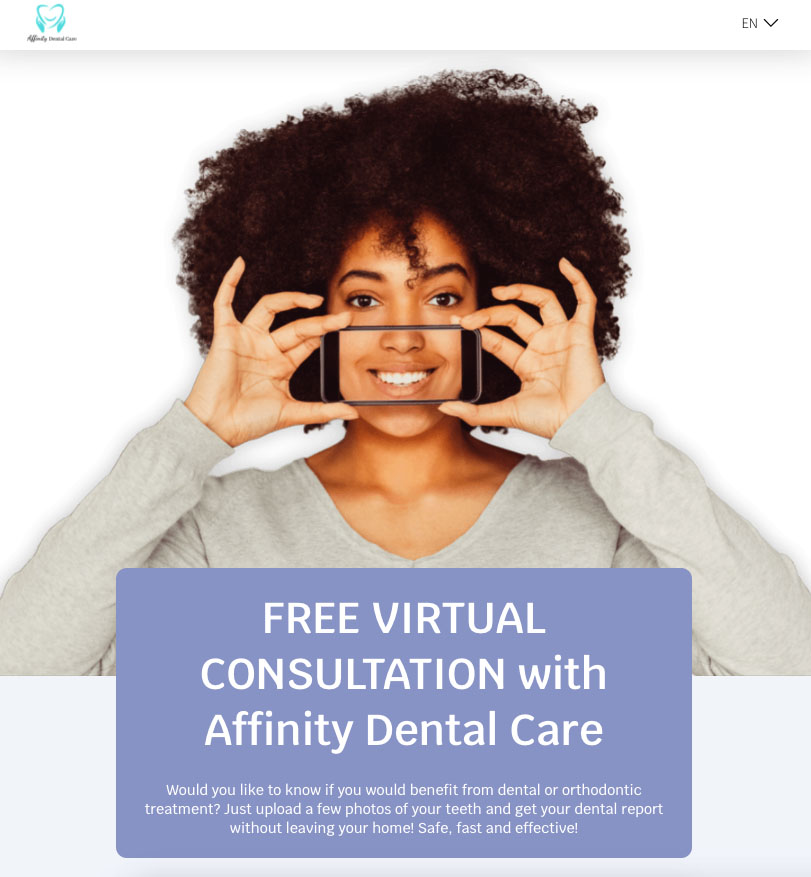The popularity of personal computers and cell phones and the advent of digital and computing technologies have allowed us to keep in touch with the world outside our homes. We can search for information faster than the blink of an eye, keep abreast of current affairs, watch movies, listen to music, send emails, submit applications, study for a degree, etc. We can do all of these in the comfort of our homes.
There is a plethora of information on the world wide web readily available for you to get.
Some of us have been searching the internet to understand better the health issues we may have, confirm the diagnoses, or even try to self-diagnose. A couple of well-known websites, like
Mayoclinic.org, and WebMD.com, can provide in-depth information on the most common diseases – on the causes, the symptoms, the courses, the treatments, and the prognoses. Some sites, like Rxlist.com, and Drugs.com, provide information on all kinds of helpful drugs.
The concept of telehealth was first envisioned in 1879 in an article by the Lancet, which talked about using the telephone to reduce unnecessary office visits. In 1924, the cover of Radio News depicted an imagined “radio doctor” who could see and be seen by his patient. In 1925, a magazine cover of Science and Invention magazine showed a doctor diagnosing a patient by the radio. A device that would allow for the video examination of a patient over distance was visible in the picture. The first experimental television transmission did not occur until 1927.
Advances in science and technology drive the evolution of telehealth for decades. Nowadays, applications of artificial intelligence can aid the health care professional in providing assessments from a distance.
I have the privilege of utilizing the state-of-the-art system to provide patients with remote virtual consultation for their dental and oral health. Smilemate provides this system. In its early stages, Smilemate was only available in Europe. By providing some personal information regarding your health, like previous issues/diseases, and some self-taken photographs of your teeth, the built-in artificial intelligence algorithms of Smilemate will screen for the signs of oral diseases like cavities, plaque and tartar, inflammation of gums in gum disease, gingivitis, gum recession, misaligned and missing teeth, rotated teeth, orthodontic needs, fractured teeth, retained baby teeth, tooth wear, discoloration etc. The report will then be sent straight to my virtual platform to assess the photos and information before requesting a video consultation or an in-person examination with the patient.
There are step-by-step instructions on how to take the required intraoral photographs of the teeth using the patient’s cell phone. The process is both quick and easy. There is no fee for the registration and the virtual consultation. The report of the screening will also be available to the patient free of charge.
If you are interested in trying it out, here is the link to my Smilemate free virtual oral health consultation page:




